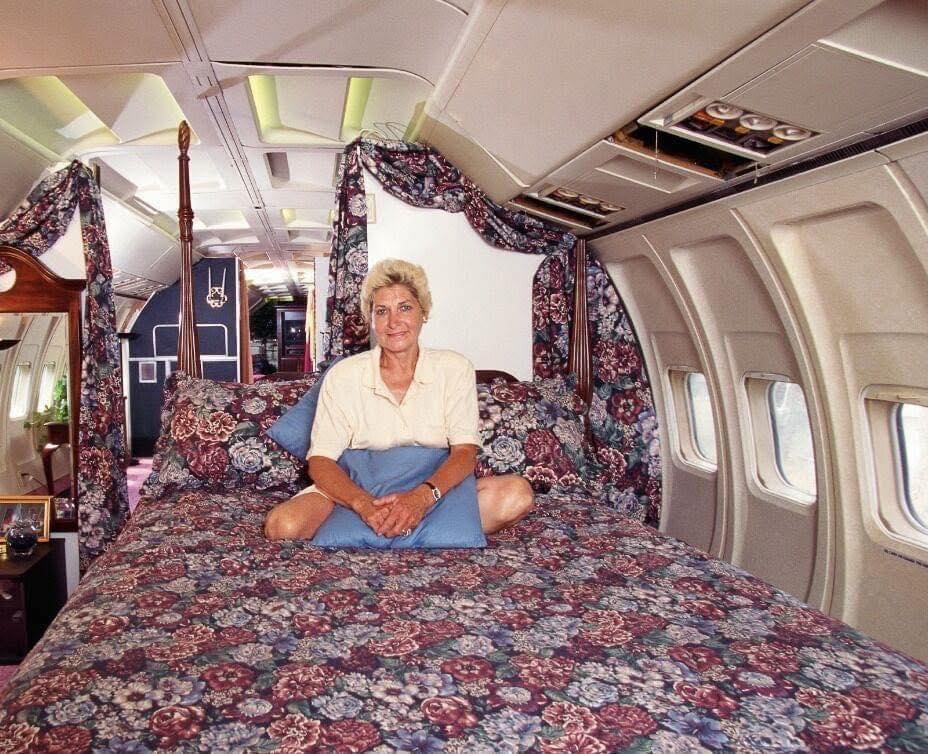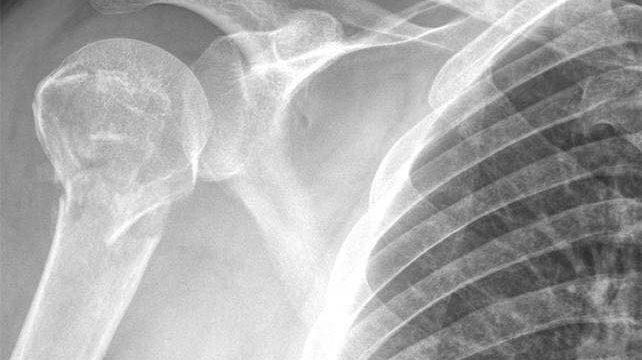The trend of using unconventional materials such as buses, tiny houses, and shipping containers for residential purposes has gained widespread acceptance in recent years. These alternative housing solutions offer affordability, flexibility, and a unique charm that appeals to many. However, long before this trend took off, Jo Ann Ussery embarked on a remarkable journey that set her apart as a pioneer in innovative home design.

In 1993, after losing her home in Benoit, Mississippi, Ussery made a bold decision to convert a decommissioned Boeing 727 into a fully functional residence. Her journey, which began as a necessity, soon turned into an inspiring story of resilience, creativity, and determination.
From Tragedy to Triumph
Ussery’s transformation of an old aircraft into a dream home was fueled by personal hardship. Following the sudden passing of her husband, she was left to care for her two children while struggling with financial difficulties. Initially, she considered purchasing a mobile home as a cost-effective solution, but it soon became apparent that it would not provide adequate space for her family.
At this crucial juncture, her brother-in-law Bob, an air traffic controller, suggested an unconventional yet intriguing idea—turning an airplane into a livable space. Intrigued by the possibility, Ussery visited a scrapped Boeing 727 and was instantly captivated by its structure and potential. To her surprise, the aircraft was available for just $2,000, a price that even included shipping costs. Inspired by the fact that Donald Trump owned a private Boeing 727, she humorously named her new home “Little Trump.”
With a budget of less than $30,000 (approximately $60,000 today), she embarked on the challenging task of converting the aircraft into a fully functional home. To ensure stability, she strategically positioned the plane on her property with its nose facing a picturesque lake, while securing the tail with concrete for added support.
The Transformation Process
Ussery approached the renovation process with unwavering determination. She meticulously stripped down the plane’s interior, making use of its 1,500 square feet of available space. The aircraft, which boasted 76 windows along its nearly 138-foot length, provided ample natural light, which she used to her advantage while designing the interior.
Since the original windows were not designed for residential use, she installed a modern air conditioning system to maintain a comfortable indoor environment. She also replaced the flooring and reinforced insulation to ensure proper temperature regulation. The aircraft’s existing bathroom and overhead compartments were ingeniously repurposed, maximizing functionality while preserving the plane’s distinct aesthetic.
Once the structural modifications were completed, Ussery shifted her focus toward creating a warm and welcoming living environment. The finished home featured three bedrooms, a cozy living area, a fully equipped kitchen, and even a laundry room. However, the most astonishing aspect of her design was the transformation of the cockpit into a luxurious master bathroom.
Rather than removing the cockpit’s original structure, she embraced its unique layout, integrating a soaking tub that overlooked the serene lake beyond. This brilliant design decision created a breathtaking view, giving the sensation of floating above the water—a touch that added an extra layer of magic to her unconventional home.
A Unique and Inspiring Home
Beyond the basics, Ussery ensured her airplane home was equipped with all necessary amenities, including a working phone and an oven. She successfully proved that living in a repurposed aircraft did not mean sacrificing comfort or convenience. Between 1995 and 1999, she and her children lived happily in their transformed Boeing 727, enjoying the uniqueness of their one-of-a-kind home.
As the years passed, Ussery’s home gained widespread attention, and she decided to open it to the public as a museum. Her remarkable vision inspired countless people who marveled at her ingenuity and resourcefulness. Unfortunately, while attempting to relocate the aircraft, an unexpected accident caused it to slip from the carriage and break apart, ending its time as a habitable space.
Although her Boeing 727 is no longer standing, Ussery’s legacy remains an inspiration to those who dare to think outside the box. Her story is a testament to the boundless possibilities that arise when creativity meets determination. By transforming an obsolete aircraft into a livable home, she challenged conventional ideas of housing and demonstrated that, with vision and perseverance, even the most unconventional structures can become a place of comfort and beauty.
Jo Ann Ussery’s journey serves as a reminder that home is not defined by traditional walls or materials—it is created through passion, resilience, and the courage to embrace unconventional ideas. Her story continues to inspire those who seek to redefine what it means to build a home, proving that innovation can turn even the most unexpected objects into a dream living space.





